 This happens each and every year. Various experts, media and corporations feed publishers and crete buzz about each and everything that is about to come next year. This article is focused on Cloud Computing and what to expect from major clouds in 2017. Don’t take it very seriously, it is a suggestion only. However, we will be happy if you bookmark this article and come back next year to find out how good was B10WH’s projection.
This happens each and every year. Various experts, media and corporations feed publishers and crete buzz about each and everything that is about to come next year. This article is focused on Cloud Computing and what to expect from major clouds in 2017. Don’t take it very seriously, it is a suggestion only. However, we will be happy if you bookmark this article and come back next year to find out how good was B10WH’s projection.
Your Cloud Computing Bill Would Increase
Well, corporations love to take more of your money on monthly basis. Most companies who use Cloud computing are under contracts. Upon expiration, Cloud users would expect 3% – 5% increase of their monthly costs. The annual “price hikes” are put into contract and many companies (Equinix in the U.S. for example) would increase your monthly bill in January with few percent. The service will not get better, that’s for sure (I do not mean Equinix, they are good enough).
You Will Be Chased By Reckless Sales Agents
If you are really lucky, you’d might find a way to stop Sales guys and don’t allow them to make you believe that you “need” any Cloud computing service or product you haven’t had an idea about 5 minutes ago. In fact, it is very much about our judgement and the salesman on the line. We must admit that not all sales person are irresponsible and careless, at least not all the time. However, it is a very good idea not to trust them in December (or probably in any 4th quarter) when they are focused solely on the commission and bounced they’d earn. If you need to buy anything at the end of the year or if you just allowed yourself to get caught by one, it is probably the time to get a very, very good deal for yourself. So, just imagine you are a Donald Trump kind of a guy and try to be a tough negotiator. This might get you a very good deal or might ruin your chances to sign one. If you actually don’t need anything a failed deal would be a good deal, it will save you money.
More Public, Private & Hybrid Clouds in 20017
The terms “Public Cloud” and “Private Cloud” sound a bit foolish, especially when you are told that “Private Cloud” mean that the installation, applications and services that run on the virtualized computing instance are created for internal use, while “Public Cloud” is a computing instance build to be accessible for anyone. Whoever, came up with the terms doesn’t have a really bright idea. However, it was a successful one, as the industry adopted those terms.
According to research firm Gartner Inc., the public cloud services market is projected is growing by 17.2% in 2016 to total $208.6 billion ($178 billion in 2015). The projection was released in September 2016. In 2017 more businesses will move their in-house computer tasks and installations into data centers, something which is called “Cloud”. It makes sense, as any well-secured “Private Cloud” would save financial resources and would add make any business more flexible. It probably means longer work day, which is not that bad in those companies that pay overtime. It also means that many of us would spend less time commuting and more time home with the families.
Providers are pushing for Hybrid Cloud (a Cloud computing instance that works for public use and for internal use), which makes sense for them is it saves them money on Cloud infrastructure and optimizes their production costs. However, in many scenarios a Hybrid Cloud might work great for small businesses and would help pa company to digitalize its business and optimize operations at reasonably low cost.
One thing, which is important is to look forward and negotiate lowest possible pricing on Cloud expansion and resource increase.
Anyone’s ability to negotiate the best Cloud technology service at a reasonably low price is crucial for the internal innovation level for any business. Why?
Cost Savings, Technology Innovation & Agility
High prices and the technology aspect of Cloud computing adoption are the main concerns for most small business owners. People are used to traditional computing and perpetual software license. They are easy to understand and their costs are not hard to project and control.
However, the new computing technologies create innovations. The number of software producers who offer their applications on the software-as-aservice-model, rather than selling perpetual licenses is increasing. many industries are getting to a point where the best business automation tools are available only as hosted subscription services. If our competitors can afford to use the best software products hosted on the Cloud, while we are struggling to find a decent self-hosted alternative, it is very likely that we’d find our business less productive and loose market share.
Look at the price of any Cloud service in comparative way. If it is a bit more expensive that we are willing to pay, we should think about what value it brings for you business.
Cloud Is Regionalizing
it is not a good idea to jump on Amazon, Microsoft, HP, IBM or any other of the “major Clouds”. They are expensive and the value rate, compared to the cost is much lower than their alternatives – smaller, regional Clouds. Unless you represent a big corporation which needs to have specific clauses in the contract and is ready to pay premium for them, going with any major clouds just does not make sense.
It is very likely that we’d discover we’ve signed a bad deal wit any of the large cloud provider when we need support. Being transferred between departments , you ticket being “escalated” a number of time before anyone would bring resolution would kill small or medium size business. So, we’d better find any local, small or middle-sized Cloud infrastructure provider, discuss our project with them and ask for a short monthly or quarterly contract to start with. Contractual flexibility is very important and it prevents any possible disputes or financial losses.
Vendor Lock-in Cloud Platforms & Services
In the pre-Cloud era, companies used to buy equipment and to colocate it in data centers. Most of them still do that. However, within the last few years various experts argue that the total cost of ownership is relatively low for leased computing capacity. This is true in a short-term contracts and project with a time frame of up to 2 years.
Before the introduction of the Cloud computing concept in the IT hosting industry there was a clear division between Infrastructure Hosting providers, Software producers and Managed Service providers. These days there are a growing number of software producers, who offer their apps as hosted Sofware-as-a Service solutions. This means that they build their own IT service ecosystem and control the whole lifecycle: Product installation and configuration, Technical support and troubleshooting of their own application; Infrastructure Hosting service and Management service (System administration).
Once client moves to any proprietary software platform, it is virtually impossible or at least time consuming and very costly to migrate or change the provider. So it is very important that:
Businesses avoid vendor lock-in Cloud Apps and services or work out a technical scenario on how to migrate their services, operations and whole data to any other platform or provider.
The best section on the Cloud would be to avoid proprietary vendor lock-in services. What dos this mean? In Infrastructure Hosting this means that the company is safe to use VMware, Xen or any other Cloud platform, as long as it is clear that the computing infrastructure could be migrated without hassle and the company would switch to another provider.
Software Defined Infrastructure Services
it sounds a bit confusing to mix software with the infrastructure services, but this is very much what certain part of virtualized environments and Cloud computing is about. We’d expect to use IT services delivered from a software-defined, virtual environments that comprise of integrated compute resources, data storage and networking. It is very likely that in 2017 or in a couple of years a small, but powerful server box would replace all the appliances – servers, switches, routers, firewalls – in the corporate branches and all services they produce would be delivered from software applications that run in one appliance.
There is a term for this “Hyperconvergence”, it is quite perplexing t say something like “We can expect more hyperconvergence in 2017, but complete solutions are still some distance away”, isn’t it?
That’s it. There are many other things to be said about the development of Cloud computing technologies and services in 2017, but this has never been planned to be very detailed. I hope that 2017 would bring you success with or without Cloud computing.

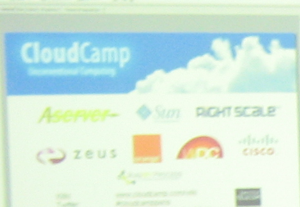 Cloud camp in Paris was well-organized and useful event. We suggest you to visit CloudCamp.com website and to consider attending any future events. If you are new to Cloud computing Cloud Camps will help you to understand it. If you are familiar with the major transformation in computing technologies you will have a chance for networking and meeting prospective partners and probably to find customers.
Cloud camp in Paris was well-organized and useful event. We suggest you to visit CloudCamp.com website and to consider attending any future events. If you are new to Cloud computing Cloud Camps will help you to understand it. If you are familiar with the major transformation in computing technologies you will have a chance for networking and meeting prospective partners and probably to find customers.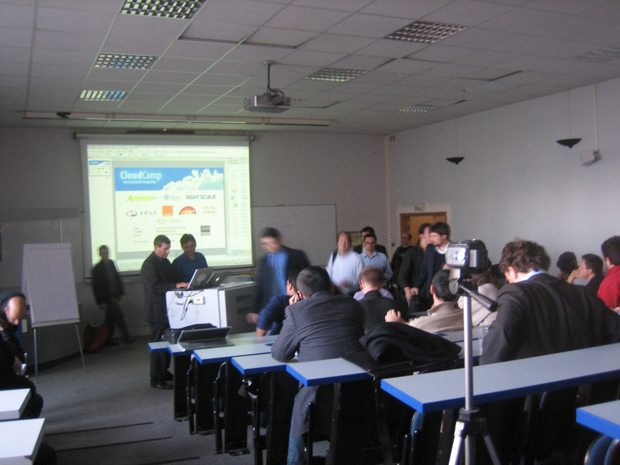
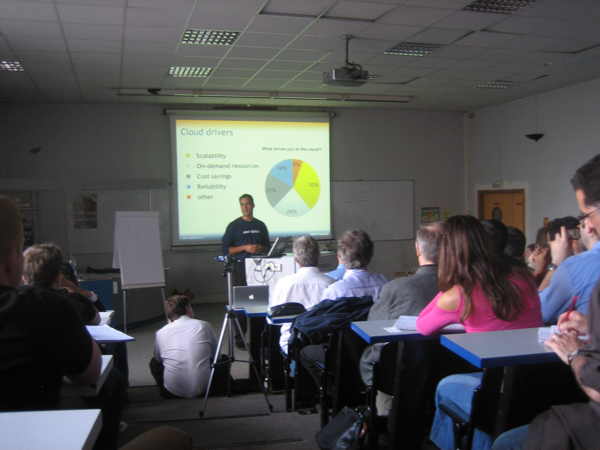
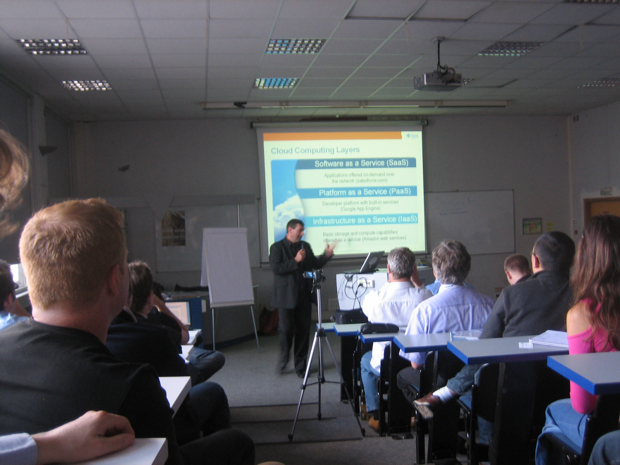
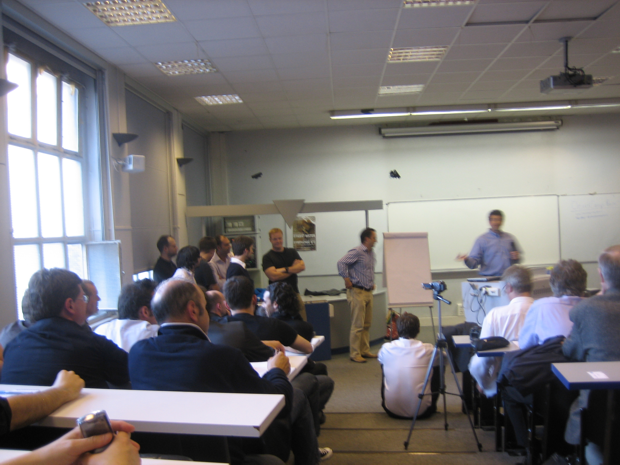
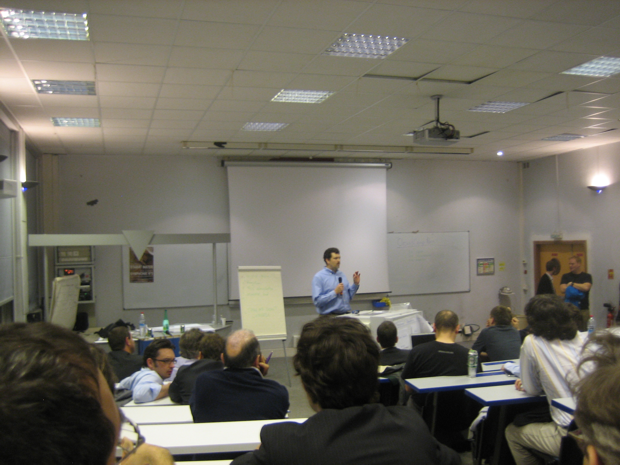
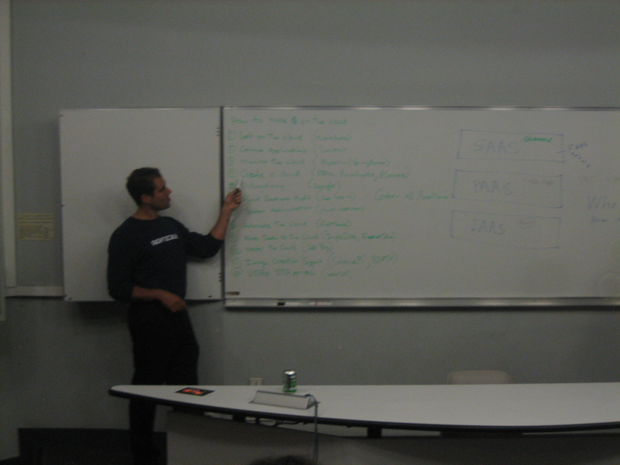
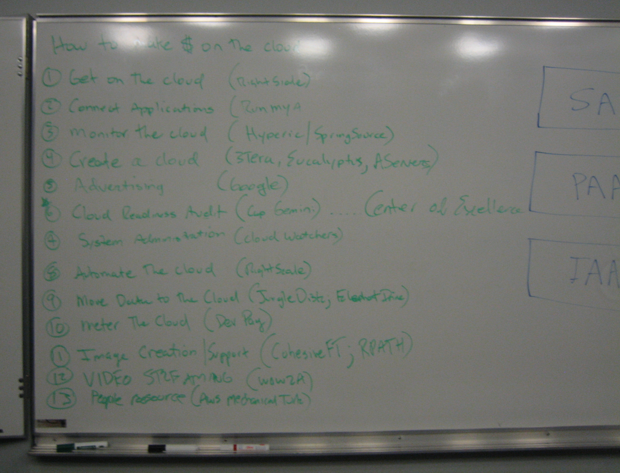 “How to make money on the Cloud” list?
“How to make money on the Cloud” list?
